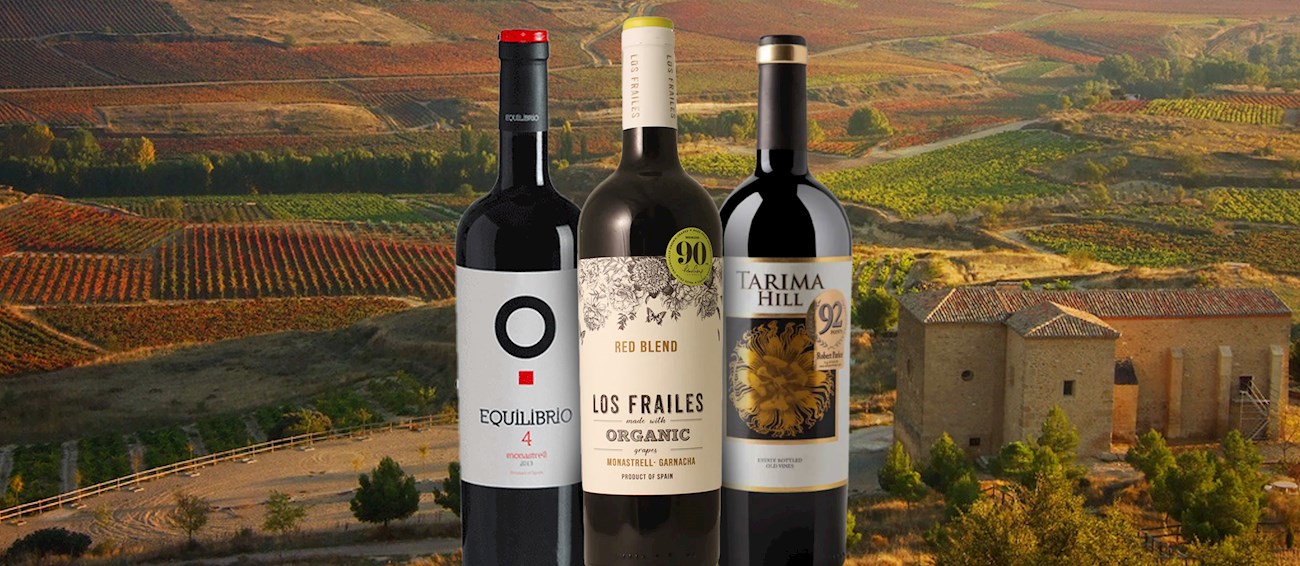TABLE OF CONTENTS
Best Spanish Red Grapes Types
Garnacha, also known as Grenache in France, is a widely cultivated red wine grape variety known for producing wines with rich, fruity flavors and high alcohol content. It is one of the most versatile and widely planted grape varieties in the world, thriving in warm, dry climates.
Garnacha grapes are typically medium to large in size with thin skins, which contribute to the grape's characteristic light color and relatively low tannin levels. Wines made from Garnacha often exhibit flavors of red fruits such as raspberry, strawberry, and cherry, along with spicy notes of white pepper, cinnamon, and hints of herbs and earthiness.
THE BEST Garnacha Wine Varieties
Monastrell, also known as Mourvèdre, is a red wine grape variety widely grown in several wine regions, particularly in Spain and France. Believed to have originated in Spain, it is most commonly known as Monastrell there, while in France it is called Mourvèdre, notably in the Provence and Rhône Valley regions.
It is also referred to as Mataro in parts of Australia and California. In Spain, Monastrell is primarily cultivated in the southeastern regions, such as Jumilla, Yecla, and Alicante. In France, it is found in the southern Rhône Valley and Provence and is often used in blends for wines like Châteauneuf-du-Pape and Bandol.
THE BEST Monastrell Wine Varieties
Prieto picudo is a red grape variety native to the Castilla y León region in northwestern Spain, particularly thriving in the provinces of León and Zamora. Known for its distinctive characteristics, Prieto Picudo grapes are small and oval-shaped, with thick, dark blue to black skins.
The name "prieto picudo" translates to "dark and pointed," referring to the grape's color and shape. This grape thrives in the dry, continental climate of Castilla y León, characterized by hot summers and cold winters, and is well-suited to the region's calcareous and clayey soils.
TasteAtlas food rankings are based on the ratings of the TasteAtlas audience, with a series of mechanisms that recognize real users and that ignore bot, nationalist or local patriotic ratings, and give additional value to the ratings of users that the system recognizes as knowledgeable. TasteAtlas Rankings should not be seen as the final global conclusion about food. Their purpose is to promote excellent local foods, instill pride in traditional dishes, and arouse curiosity about dishes you haven’t tried.







